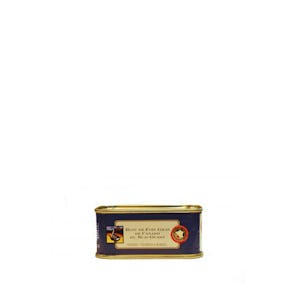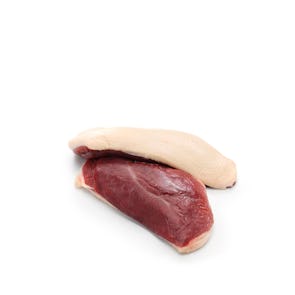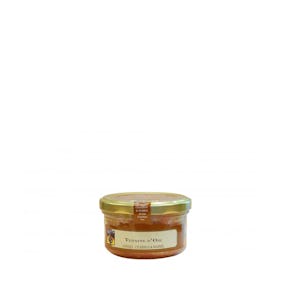4.4

Chateau Ducru-Beaucaillou 2eme Grand Cru Classé
Luxurious Taste, Meticulous Craft
Tasting Notes from the Curator
Chateau Ducru-Beaucaillou is an opulent library of sensory experiences. Upon opening, the bouquet begins with an intricate weave of dark fruits—blackcurrant, black cherries, and boysenberries—infused with red fruits like currants and plums. These primary aromas are seamlessly complemented by enchanting floral notes of roses and mint, all breathing elegance straight from the glass. Secondary aromas emerge to deepen the intrigue: warm spices such as saffron, licorice, and nutmeg meld with complex herbal undertones including Cuban cigar wrapper and cedar. Hints of espresso and chocolate mint punctuate the aromatic profile with their subtle intensity. The flavor profile mirrors this complexity, juxtaposing blackcurrant and crème de cassis with mineral elements like graphite and cedar. The texture? Full-bodied and seamlessly velvety, offering a substantial mouthfeel enriched by refined tannins that frame the wine’s inherent freshness. Each sip culminates in a long, elegant finish, leaving a chiselled and precise impression of flavors that linger for almost a minute. This holistic sensory symphony positions Chateau Ducru-Beaucaillou as a masterpiece within its category.
Pairings & Suggestions
Beef Wellington: Fillet steak coated with pâté and duxelles, wrapped in puff pastry. Complements the wine’s vibrant flavors and refined tannins.
Roasted Lamb: Seasoned with garlic, rosemary, and thyme. Harmonizes with the wine’s aromas of blackberries, mint, and tobacco leaf.
Beef Tenderloin: Roasted or grilled to perfection. Elevates the wine’s blackcurrant and plum flavors.
Lamb Chops: Grilled or pan-seared, marinated with herbs. Pairs with the wine’s dark berries, cedar, and spice notes.
Duck Breast: Pan-seared, often with a fruit-based sauce. Complements the wine’s black cherries, roses, and Cuban cigar wrapper aromas.
Duck Confit: Slow-cooked in its own fat. Pairs with the wine’s blackcurrant, dark chocolate, and minerality.
Game: Venison, wild boar, or pheasant. Harmonizes with the wine’s saffron, licorice, and tobacco leaf aromas.
Beef Stew: Made with tender beef, root vegetables, and rich broth. Complements the wine’s blackcurrant, dark chocolate, and minerality.
Lamb Stew: Made with tender lamb, root vegetables, and herbs. Harmonizes with the wine’s blackberries, mint, and tobacco leaf aromas.
Venison Stew: Made with tender venison, root vegetables, and robust broth. Pairs with the wine’s saffron, licorice, and tobacco leaf aromas.
Mushroom Risotto: Creamy risotto with mushrooms, Parmesan, and herbs. Complements the wine’s black cherries, roses, and Cuban cigar wrapper aromas.
Truffle-Infused Dishes: Truffle pasta or risotto. Harmonizes with the wine’s saffron, licorice, and tobacco leaf aromas.
Cheddar: Aged with a sharp and tangy flavor. Complements the wine’s blackcurrant, dark chocolate, and minerality.
Gouda: Aged with a rich and nutty flavor. Harmonizes with the wine’s blackberries, mint, and tobacco leaf aromas.
Parmesan: Aged with a savory and umami flavor. Complements the wine’s saffron, licorice, and tobacco leaf aromas.
Roquefort: Aged with a strong and tangy flavor. Pairs with the wine’s blackcurrant, dark chocolate, and minerality.
Beautiful Pebbles and Timeless Elegance
The story of Chateau Ducru-Beaucaillou is a journey through centuries of viticultural excellence. Founded in the 13th century but gaining prominence in the 18th, its name, “Beaucaillou,” translates to “beautiful pebbles,” a nod to the large, well-draining Gunz gravel soils that are crucial to the wine’s exceptional quality. Across various eras and ownerships—from Bertrand Ducru in 1795, who catalyzed significant improvements, to the meticulously innovative practices of Bruno Borie today—the estate has triumphed through time. Today, guests are still charmed by the tradition of receiving a velvet-boxed pebble, an emblem of both the terroir and the estate’s enduring legacy. This blend of storied past and avant-garde practices sets Chateau Ducru-Beaucaillou apart, making each bottle a conversation piece and an experience in itself.
Taste Profile
Technical Sheet
Storage Instructions
Store Chateau Ducru-Beaucaillou at 12-15°C, ~70% humidity, in darkness, and horizontally. Use a wine cellar or climate-controlled refrigerator to maintain these conditions, ensuring the wine ages gracefully.



